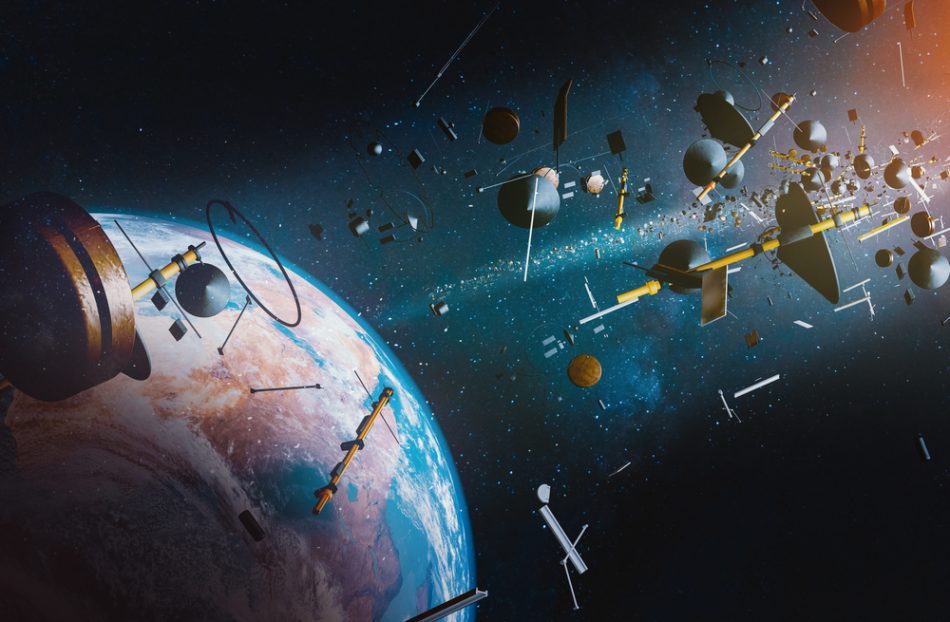Space junk
The amount of satellites being sent into space, to keep connecting the wider world and provide humans with the latest technology, is exponentially increasing. Along with this comes an increase in the amount of space debris circling the Earth. These expensive pieces of equipment can sit in orbit and damage other satellites that are making their way around our planet, causing a ripple effect of damage.
What can the AI program do?
Thanks to a new AI program, invented by UC College of Engineering and Applied Science, these crashes may be a thing of the past. Future robots encoded with this algorithm may be able to avoid collisions and carry out autonomous tasks such as repair, maintenance, and assembly. In turn, reduces the amount of space waste. The project was presented at the start of 2022 at the Science and Technology Forum and Exposition in January in San Diego, California.
“We have to provide a reliable collision-avoidance algorithm that operates in real-time for autonomous systems to perform a mission safely. So we proposed a new collision-avoidance system using explainable artificial intelligence,” Daegyun Choi said, a scientist working on the project.
How did they develop it?
Firstly, the team used 2D simulations to model real-life events. Strangely enough, the avoidance system was test run in a virtual supermarket! Here, autonomous robots were programmed to navigate aisles and people in them, the same type of technology used in self-driving cars.
“We can see unexpected human behaviors there and learn how well we can actually predict their follow-on motions,” said study co-author Donghoon Kim. “Likewise, we can test how we can operate those robotic platforms autonomously without causing collisions.”
The AI software, details reported in Aerospace Research Central, was next leveled up to be tested on 3D models and yielded great success. The next steps are to test the algorithm in a zero-gravity environment, where how it operates may change.
The rise of AI in aerospace engineering
AI is a technology that hasn’t been utilized that much in the field of aerospace engineering, due to the lack of binary right or wrong outcomes. “That’s because aerospace engineering is very conservative,” Kim said. With this new collision-avoidance system, Kim and his colleagues are hoping the avenue of AI programming will open up and become more commonly considered as a viable solution.
Source study: Aerospace Research Central – Collision Avoidance of Unmanned Aerial Vehicles Using Fuzzy Inference System-Aided Enhanced Potential Field












